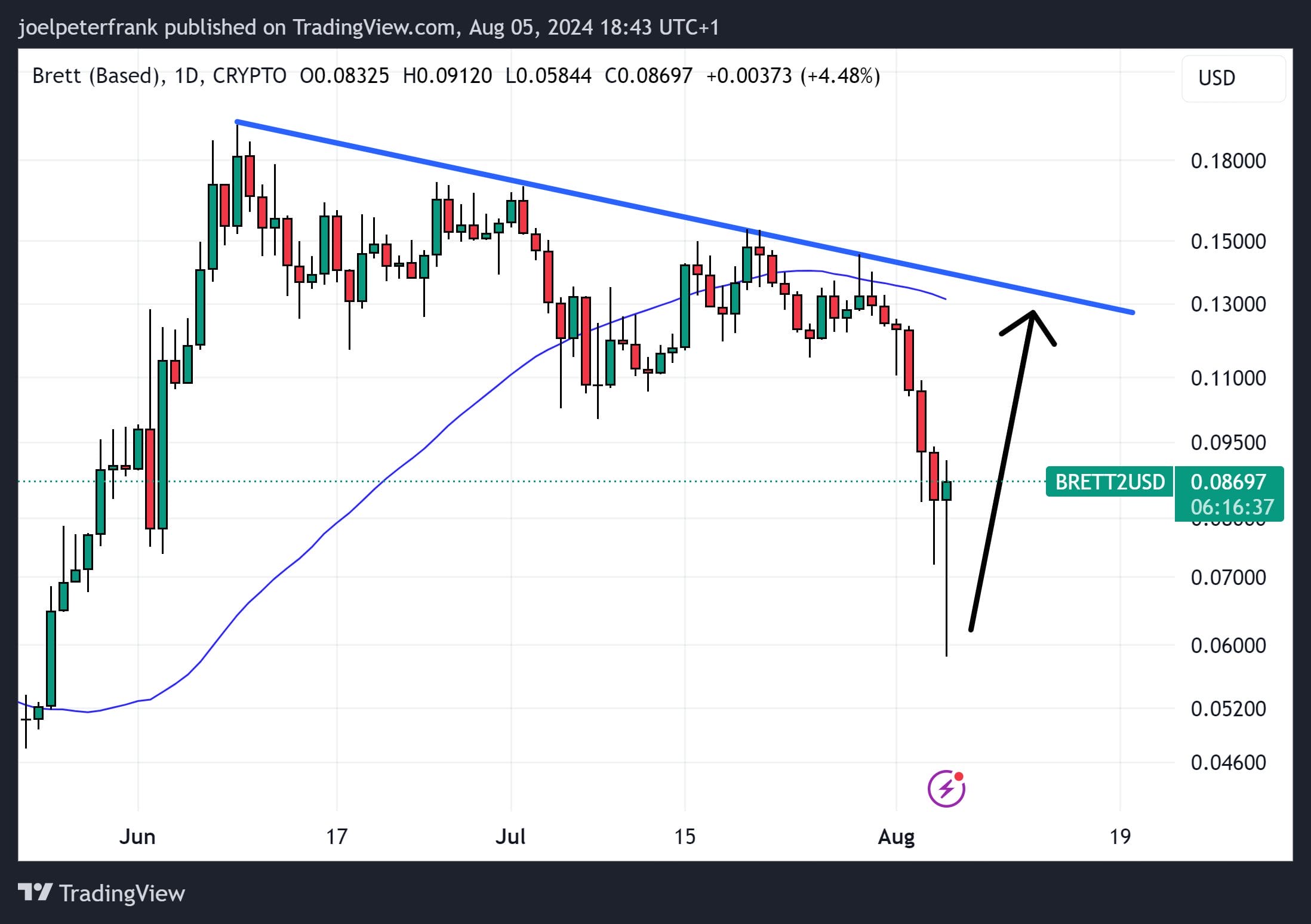
Ethereum co-founder Vitalik Buterin has acknowledged that Bitcoin holds key advantages over Ethereum in protocol design and decentralization.
Key Takeaways:
- Vitalik Buterin says Bitcoin leads Ethereum in code simplicity, node count, and RPC independence.
- Ethereum’s Layer 2 ecosystem still relies on intermediaries, falling short of full decentralization.
- Despite innovations, Ethereum trails Bitcoin in protocol stability and network decentralization.
In a June 4 post on X, Buterin responded to a thread debating Ethereum’s current strengths and weaknesses. Users argued that Ethereum leads in censorship resistance but still faces limitations in transaction throughput.
Buterin agreed, stating, “There’s some aspects of this where bitcoin is ahead imo.”
Buterin: BTC Leads on Code Simplicity
The Ethereum mastermind identified Bitcoin’s simpler codebase, fewer protocol changes, higher node count, and lower reliance on third-party remote procedure call (RPC) services such as Infura, Alchemy, and Ankr.
By comparison, Ethereum’s more complex architecture, including smart contracts and the Ethereum Virtual Machine, requires more sophisticated infrastructure.
Ethereum has undergone approximately 20 major network upgrades, most recently with the Pectra upgrade on May 8. Bitcoin’s base protocol has changed far less.
Bitcoin’s lightweight code makes it easier to audit and maintain. Its lower hardware requirements allow a broader set of users to run full nodes, reinforcing network decentralization and censorship resistance.
Buterin also addressed Ethereum’s Layer 2 ecosystem. In a separate post, he pushed back on claims that cross-chain interoperability is a solved problem.
“It’s not solved until cross-L2 actions can be as censorship-resistance, trustless and intermediary-free as within-L2 actions,” he said.
He emphasized that current cross-Layer 2 activity still depends on intermediaries, falling short of Ethereum’s intended level of decentralization.
He reiterated the platform’s “no regression principle,” which holds that native ETH transfers on Layer 1 remain censorship-resistant, trustless, and free of intermediaries.
Buterin’s comments highlight an ongoing tradeoff. While Ethereum has advanced features like Proof of Stake, rollups, and MEV mitigation, it still lags behind Bitcoin in protocol simplicity and node decentralization.
Buterin Calls to Simplify Ethereum Protocol
In May, Buterin proposed a major overhaul of the Ethereum base layer, aiming to simplify the protocol’s architecture for improved security, scalability, and long-term sustainability.
Drawing on Bitcoin’s minimalist design principles, Buterin published a blog post titled “Simplifying the L1” on May 3, outlining a path to reduce the network’s technical complexity.
Buterin’s vision targets Ethereum’s core layers, consensus, execution, and shared components, with a strategy to streamline processes that have grown increasingly convoluted since the network’s inception.
Buterin argued that unnecessary complexity has led to bloated development timelines, higher maintenance costs, and increased risks of bugs.
Last month, Buterin also unveiled a new proposal aimed at making it significantly easier for everyday users to run Ethereum nodes, by reducing the hardware and storage requirements currently needed to sync with the network.
The Ethereum mastermind suggested a shift in how nodes store and retrieve data, moving from full data replication to a more flexible, user-centric model.






